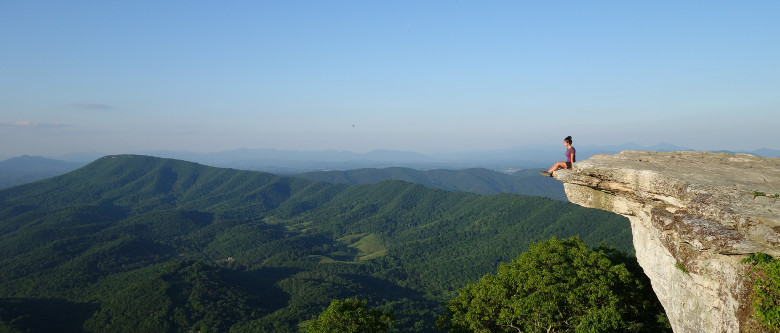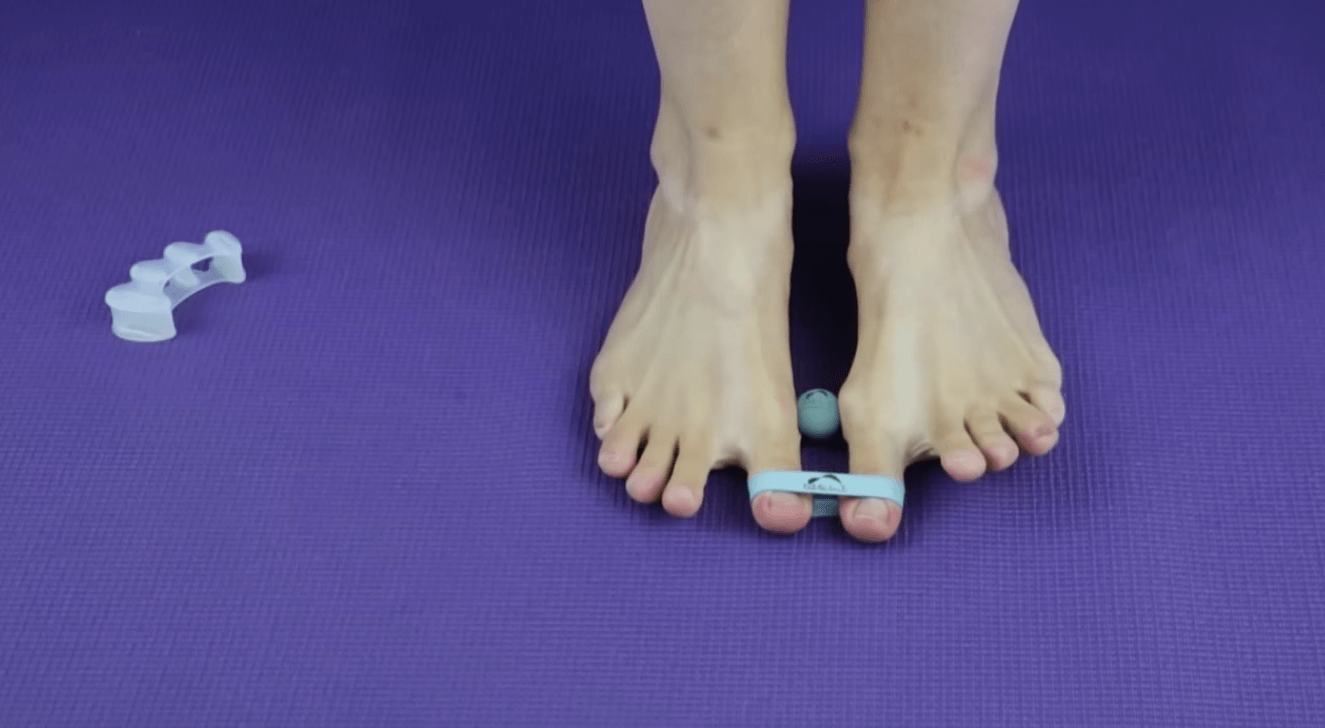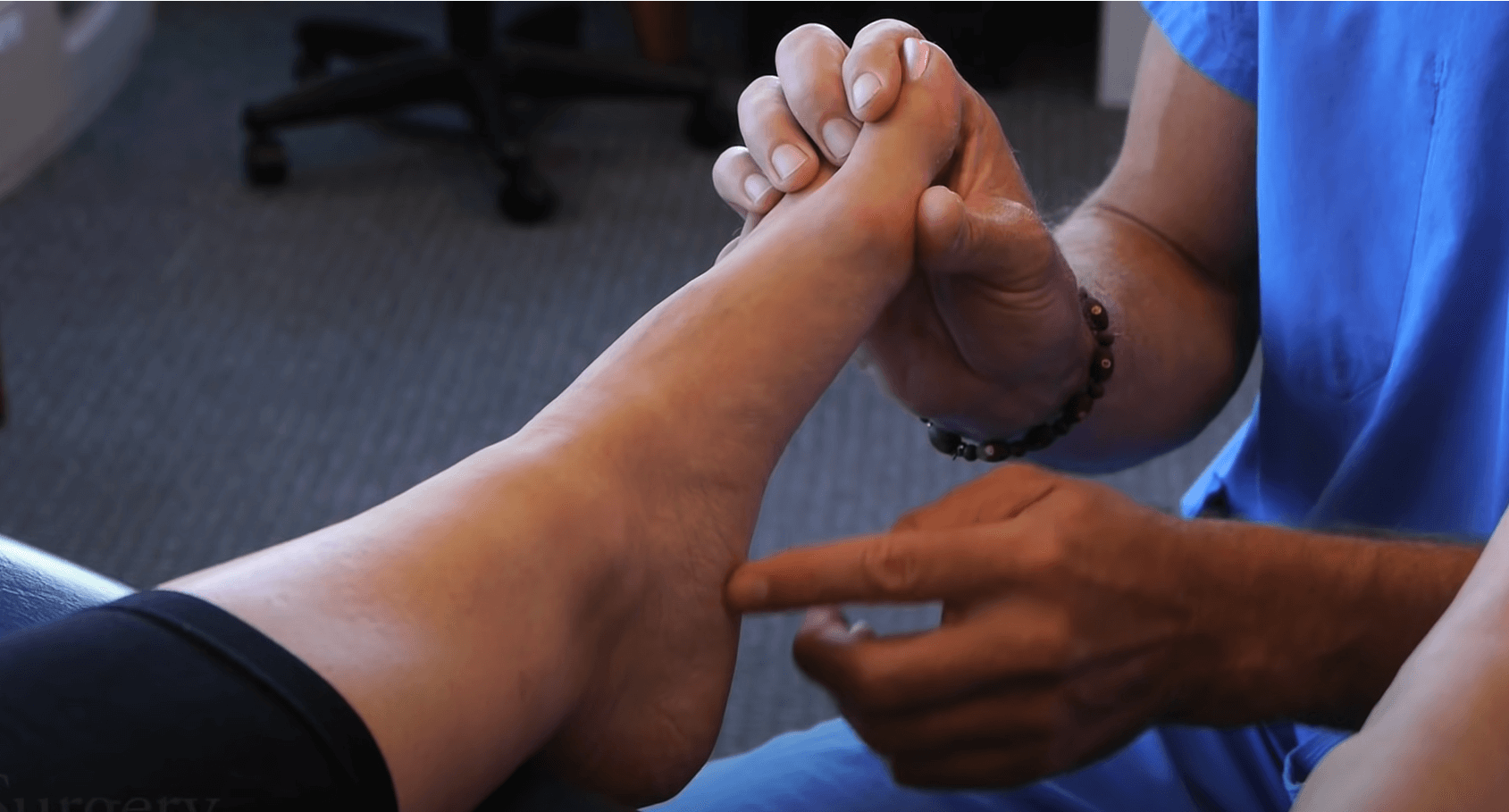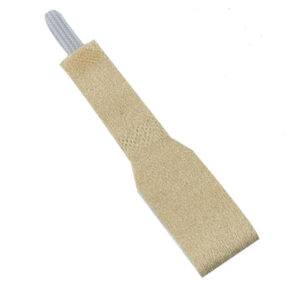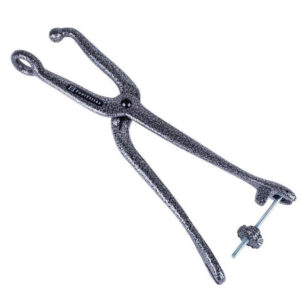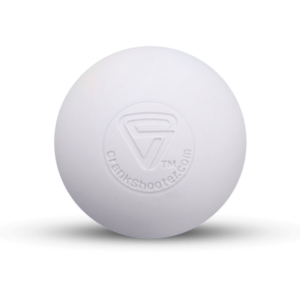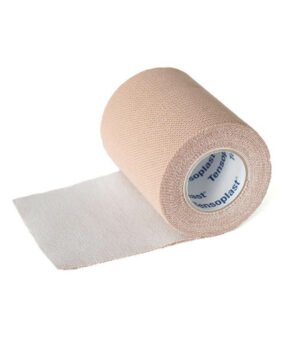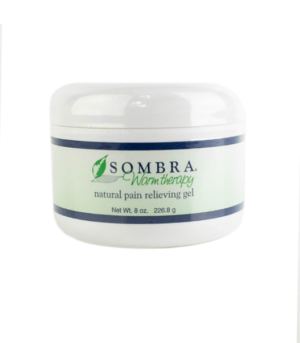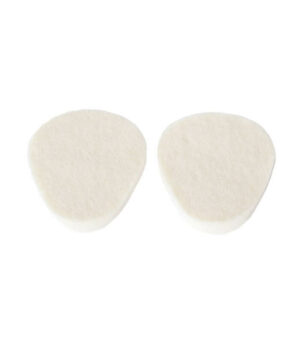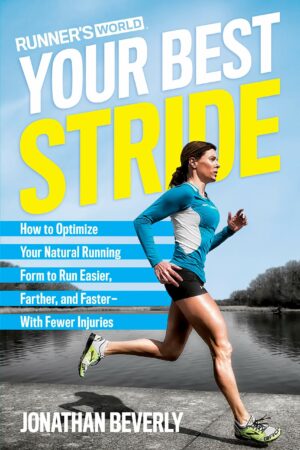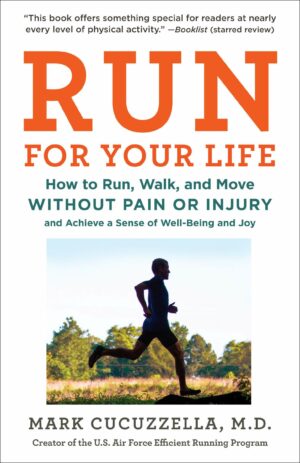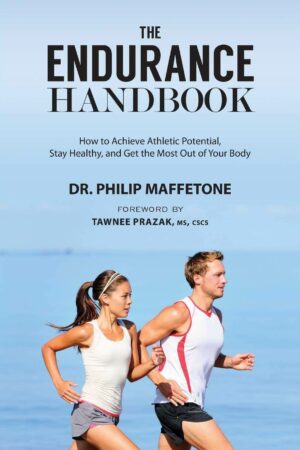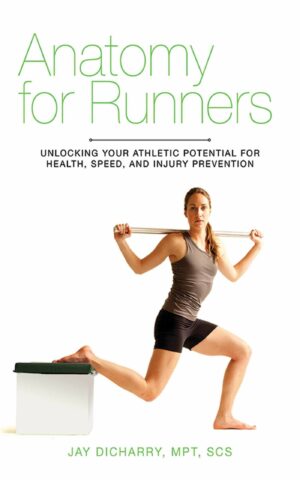By: Maxine Presto
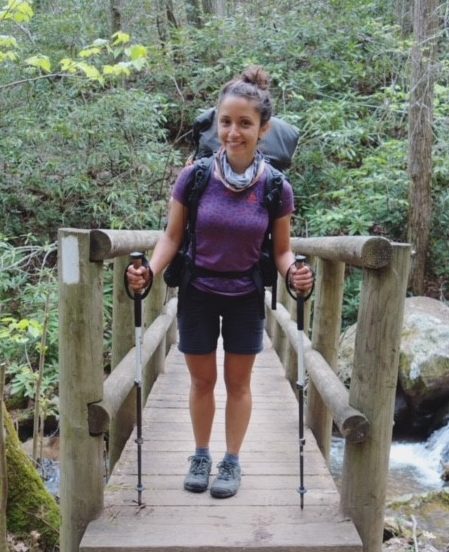 Human-powered adventures fascinate me. In particular, long-distance hiking and long-distance running have allowed me to connect more deeply with myself and the world around me. It is incredibly refreshing and fulfilling to rely on my body, particularly my feet, to take me where I want to go. Earlier this year, I boarded a plane from my home in New Jersey to Georgia, arrived, and walked north toward Maine. I was far from alone in this pursuit of endurance. Every Spring, thousands of aspiring thru-hikers arrive at Springer Mountain in Georgia and start walking all 2,190.9 miles of the Appalachian Trail to Mount Katahdin in Maine. I set out to hike the trail because I craved the simplicity, physical exhaustion, and energy that come from living in the outdoors, hiking from sunrise to sunset, and accomplishing a big goal. Hiking the entire length of the trail is a mammoth undertaking and less than 25% of attempts are successful. It is an immense task for the body, especially the feet, which are the primary point of contact with the trail all day, every day. On my way to Katahdin and through ever-changing terrain, I took over 6 million steps.
Human-powered adventures fascinate me. In particular, long-distance hiking and long-distance running have allowed me to connect more deeply with myself and the world around me. It is incredibly refreshing and fulfilling to rely on my body, particularly my feet, to take me where I want to go. Earlier this year, I boarded a plane from my home in New Jersey to Georgia, arrived, and walked north toward Maine. I was far from alone in this pursuit of endurance. Every Spring, thousands of aspiring thru-hikers arrive at Springer Mountain in Georgia and start walking all 2,190.9 miles of the Appalachian Trail to Mount Katahdin in Maine. I set out to hike the trail because I craved the simplicity, physical exhaustion, and energy that come from living in the outdoors, hiking from sunrise to sunset, and accomplishing a big goal. Hiking the entire length of the trail is a mammoth undertaking and less than 25% of attempts are successful. It is an immense task for the body, especially the feet, which are the primary point of contact with the trail all day, every day. On my way to Katahdin and through ever-changing terrain, I took over 6 million steps.
In order to survive on the trail, I carried a 30-lb pack that contained a carefully curated collection of items that I fretted over for months ahead of my departure. Every piece of gear served a purpose and was just the right combination of weight and durability. Deciding what shoes to wear was more straightforward. I knew Injinji socks would be hugging my toes and that my shoes would meet the following requirements: completely flat, foot-shaped, and made of vegan materials. I was confident in this approach because six years ago, I had the opportunity to learn from a powerful teacher: pain.
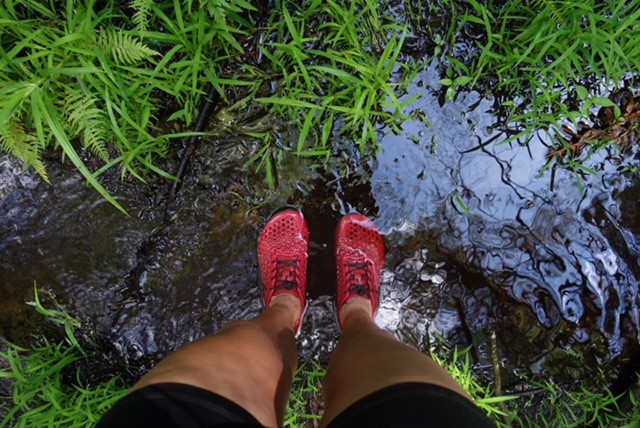 Before I was a long-distance hiker, l was a long-distance runner. Like many runners, I found myself injured, specifically after training for a half-marathon. I completed my race and then confronted the reality that every step forward, walking or running, was unbearable. Fortunately, my two coaches and close friends, Jon Messner and Drew Seaver, were on a path toward understanding the role natural footwear plays in a healthy running and strength training program, and I joined them. It was encouraging to discover Dr. Ray McClanahan’s practice built on years of research, evidence, and hands-on experience. I quickly learned that in order to have healthy feet, I needed to stop squeezing them into an unnatural shape. I donated all of my pre-existing shoes and started wearing natural footwear everywhere, moving well and moving often. I started to run again without pain. I felt stronger and more balanced. And I made a lot of friends out of strangers who inquisitively looked at my Vibram FiveFingers-clad feet. Every shoe I owned became appropriate for running, hiking, walking, and working. My feet were ready for anything at any time.
Before I was a long-distance hiker, l was a long-distance runner. Like many runners, I found myself injured, specifically after training for a half-marathon. I completed my race and then confronted the reality that every step forward, walking or running, was unbearable. Fortunately, my two coaches and close friends, Jon Messner and Drew Seaver, were on a path toward understanding the role natural footwear plays in a healthy running and strength training program, and I joined them. It was encouraging to discover Dr. Ray McClanahan’s practice built on years of research, evidence, and hands-on experience. I quickly learned that in order to have healthy feet, I needed to stop squeezing them into an unnatural shape. I donated all of my pre-existing shoes and started wearing natural footwear everywhere, moving well and moving often. I started to run again without pain. I felt stronger and more balanced. And I made a lot of friends out of strangers who inquisitively looked at my Vibram FiveFingers-clad feet. Every shoe I owned became appropriate for running, hiking, walking, and working. My feet were ready for anything at any time.
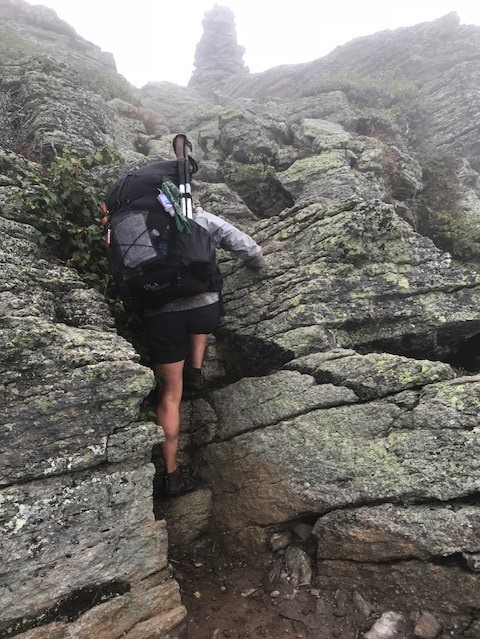 My feet were the first point of contact with the Appalachian Trail every morning, sometimes begrudgingly, and they were the first to thank me when I got into my tent at night to let them rest. There is a visible phenomenon on the trail called the “hiker hobble,” an unsteady limp that occurs when you try to walk with no pack on your back. It is seemingly unavoidable as the trail takes its toll. The Appalachian Mountains are rocky, steep, and rugged. To say that I walked from Georgia to Maine seems inaccurate. I hiked, climbed, and ran through ever-changing weather and terrain. The Smoky Mountains were covered in snow and ice, the trail turned into a stream after sixteen consecutive days of rain in Virginia, rattlesnakes and jagged rocks lined the trail in Pennsylvania (also known as “Rocksylvania”), Vermont mud that looked like brownie-batter nearly pulled the shoes off of my feet, slick and unsteady wooden planks led me over alpine bogs and muddy sections of trail, and there were a plethora of boulder fields, iron rungs and ladders, and steep, rocky ascents and descents in the White Mountains and Southern Maine. My feet were often wet and waterlogged, ache-y, and swollen. They were also the first part of my body to perceive changes in the terrain when the trail transitioned from sharp rocks to soft dirt, ankle-deep water to a bridge made from a fallen
My feet were the first point of contact with the Appalachian Trail every morning, sometimes begrudgingly, and they were the first to thank me when I got into my tent at night to let them rest. There is a visible phenomenon on the trail called the “hiker hobble,” an unsteady limp that occurs when you try to walk with no pack on your back. It is seemingly unavoidable as the trail takes its toll. The Appalachian Mountains are rocky, steep, and rugged. To say that I walked from Georgia to Maine seems inaccurate. I hiked, climbed, and ran through ever-changing weather and terrain. The Smoky Mountains were covered in snow and ice, the trail turned into a stream after sixteen consecutive days of rain in Virginia, rattlesnakes and jagged rocks lined the trail in Pennsylvania (also known as “Rocksylvania”), Vermont mud that looked like brownie-batter nearly pulled the shoes off of my feet, slick and unsteady wooden planks led me over alpine bogs and muddy sections of trail, and there were a plethora of boulder fields, iron rungs and ladders, and steep, rocky ascents and descents in the White Mountains and Southern Maine. My feet were often wet and waterlogged, ache-y, and swollen. They were also the first part of my body to perceive changes in the terrain when the trail transitioned from sharp rocks to soft dirt, ankle-deep water to a bridge made from a fallen 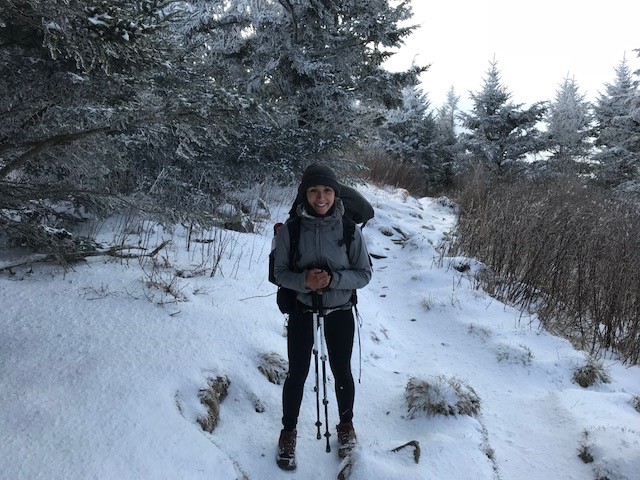 tree, slick planks to steady, large stones, a bridge to a nearly vertical ascent. After so much variation, even the predictability of a paved-road sent a message of brief relief. Being able to feel the changes underneath me allowed me to respond quickly and appropriately. Often I was able to catch and balance myself after slipping on rocks and tripping over roots, avoiding sprained ankles or trail-ending injury. As time went on, my feet adapted, strengthened, and recovered faster after every long day.
tree, slick planks to steady, large stones, a bridge to a nearly vertical ascent. After so much variation, even the predictability of a paved-road sent a message of brief relief. Being able to feel the changes underneath me allowed me to respond quickly and appropriately. Often I was able to catch and balance myself after slipping on rocks and tripping over roots, avoiding sprained ankles or trail-ending injury. As time went on, my feet adapted, strengthened, and recovered faster after every long day.
Some of my fellow thru-hikers also embraced natural footwear. The Altra Lone Peak is particularly common, and popular camp shoes include the Xero Shoes Sandals, Crocs Classic Clog, and Vivobarefoot Ultra III. Most wear trail runners to the ground until there is not much left to them at all. Hiking completely barefoot is rare, but I saw a few brave souls and admired them. There were also many who wore inserts and traditional footwear or hiking boots, but generally, everyone on the trail understood the value in giving their feet the time  and space to breathe. Though rare, some thru-hikers make it through the entire trail with only two pairs of shoes, which is a feat in and of itself. After all was said and done, I wore a total of six pairs of shoes. I could have gone through fewer pairs, but I enjoyed testing different models to see how they would hold up. I started in the Vivobarefoot Hiker FG which is winterproof and offered more protection through the colder, snowier conditions in early Spring. Five-hundred miles in, I switched to the Xero Terraflex and wore through three pairs in the Virginia rain, Pennsylvania rocks, and Vermont mud. The Altra One V3 and Altra Superior punctuated the rest of the time on the trail. At night or in town, I would switch into my camp shoes, the Vivo Ultra III, which were useful for water crossings and as a reliable backup pair of shoes to hike in when my primary shoes fell apart; they were the closest I could get to being barefoot on the trail. No matter what, shoes will fall apart on the trail, but I’m happy to report that my feet did not.
and space to breathe. Though rare, some thru-hikers make it through the entire trail with only two pairs of shoes, which is a feat in and of itself. After all was said and done, I wore a total of six pairs of shoes. I could have gone through fewer pairs, but I enjoyed testing different models to see how they would hold up. I started in the Vivobarefoot Hiker FG which is winterproof and offered more protection through the colder, snowier conditions in early Spring. Five-hundred miles in, I switched to the Xero Terraflex and wore through three pairs in the Virginia rain, Pennsylvania rocks, and Vermont mud. The Altra One V3 and Altra Superior punctuated the rest of the time on the trail. At night or in town, I would switch into my camp shoes, the Vivo Ultra III, which were useful for water crossings and as a reliable backup pair of shoes to hike in when my primary shoes fell apart; they were the closest I could get to being barefoot on the trail. No matter what, shoes will fall apart on the trail, but I’m happy to report that my feet did not.
 I feel fortunate to be part of a small community of individuals who completed the entire Appalachian Trail in one season and I owe it to taking care of my body along the way. Though nearly impossible, I did my best to keep my feet warm, dry, clean, and blister-free. I took full days off from hiking and maintained a consistent amount of mileage the whole way through. Walking through the woods, sleeping in my tent every night, collecting and filtering my water, carrying all of my belongings on my back, and truly living in the outdoors made me truly present, highly observant, in touch with my body, confident that less is more, and made me feel akin to the wildlife around me. The connection from the ground to my brain was clear, which is exactly what I hiked the trail to do: to create a strong connection between my body, mind, and nature. I already miss life on the trail, but I am using this time to return to my running routine, foam roll, pop my Correct Toes in, and let my feet rest and dream of all of the long-trails on the horizon.
I feel fortunate to be part of a small community of individuals who completed the entire Appalachian Trail in one season and I owe it to taking care of my body along the way. Though nearly impossible, I did my best to keep my feet warm, dry, clean, and blister-free. I took full days off from hiking and maintained a consistent amount of mileage the whole way through. Walking through the woods, sleeping in my tent every night, collecting and filtering my water, carrying all of my belongings on my back, and truly living in the outdoors made me truly present, highly observant, in touch with my body, confident that less is more, and made me feel akin to the wildlife around me. The connection from the ground to my brain was clear, which is exactly what I hiked the trail to do: to create a strong connection between my body, mind, and nature. I already miss life on the trail, but I am using this time to return to my running routine, foam roll, pop my Correct Toes in, and let my feet rest and dream of all of the long-trails on the horizon.


